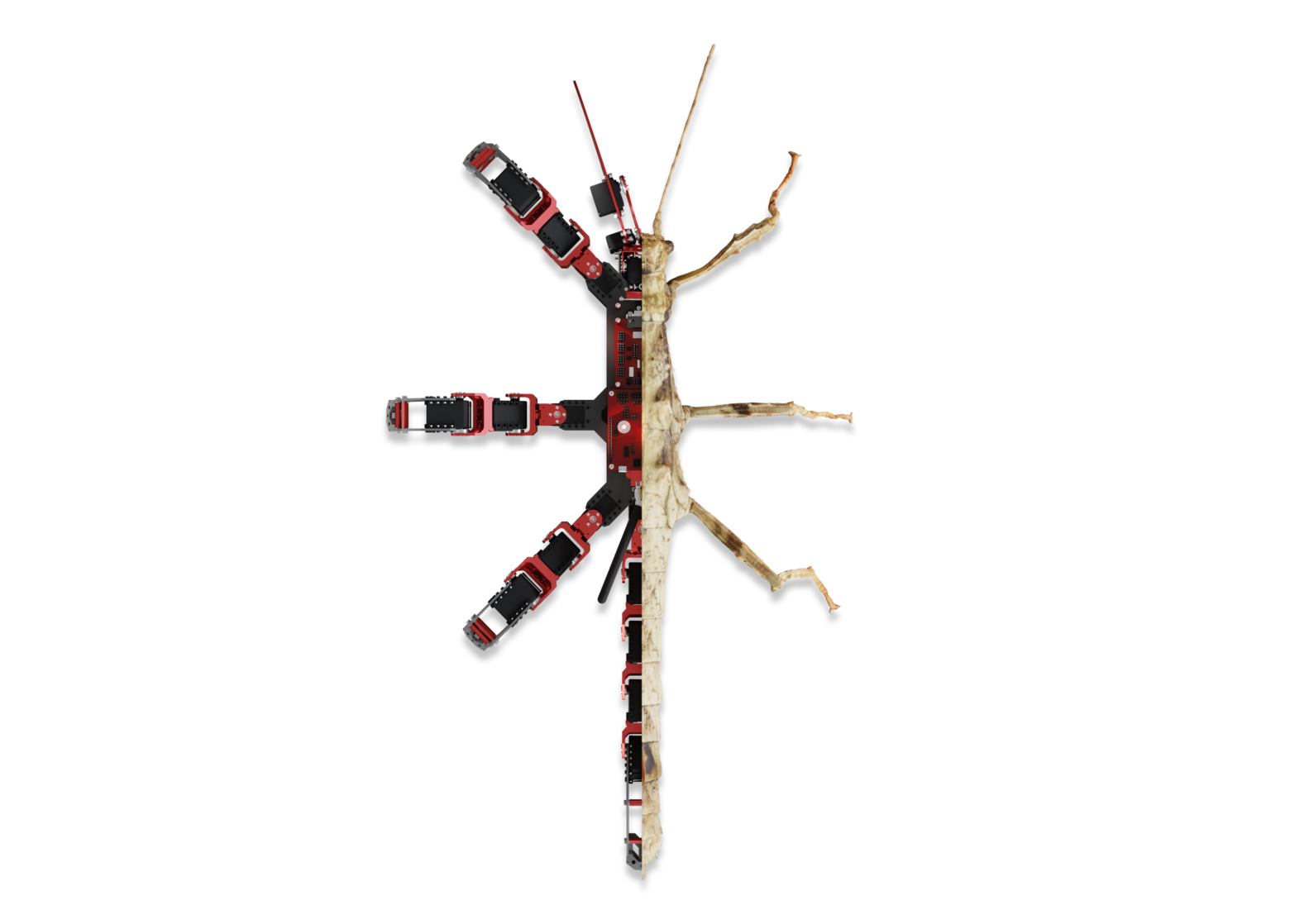Insect Locomotion
Movement is an essential aspect of animal life, and insects are no exception: they run, climb, carry loads, jump, fly or strike – all by fine-tuning the neuromechanical control of limbs and their interaction with the environment. We aim to understand the diversity of locomotor patterns across terrestrial insects, and how insects are able to deal with environmental challenges and disturbances. Why do insects walk the way they do?
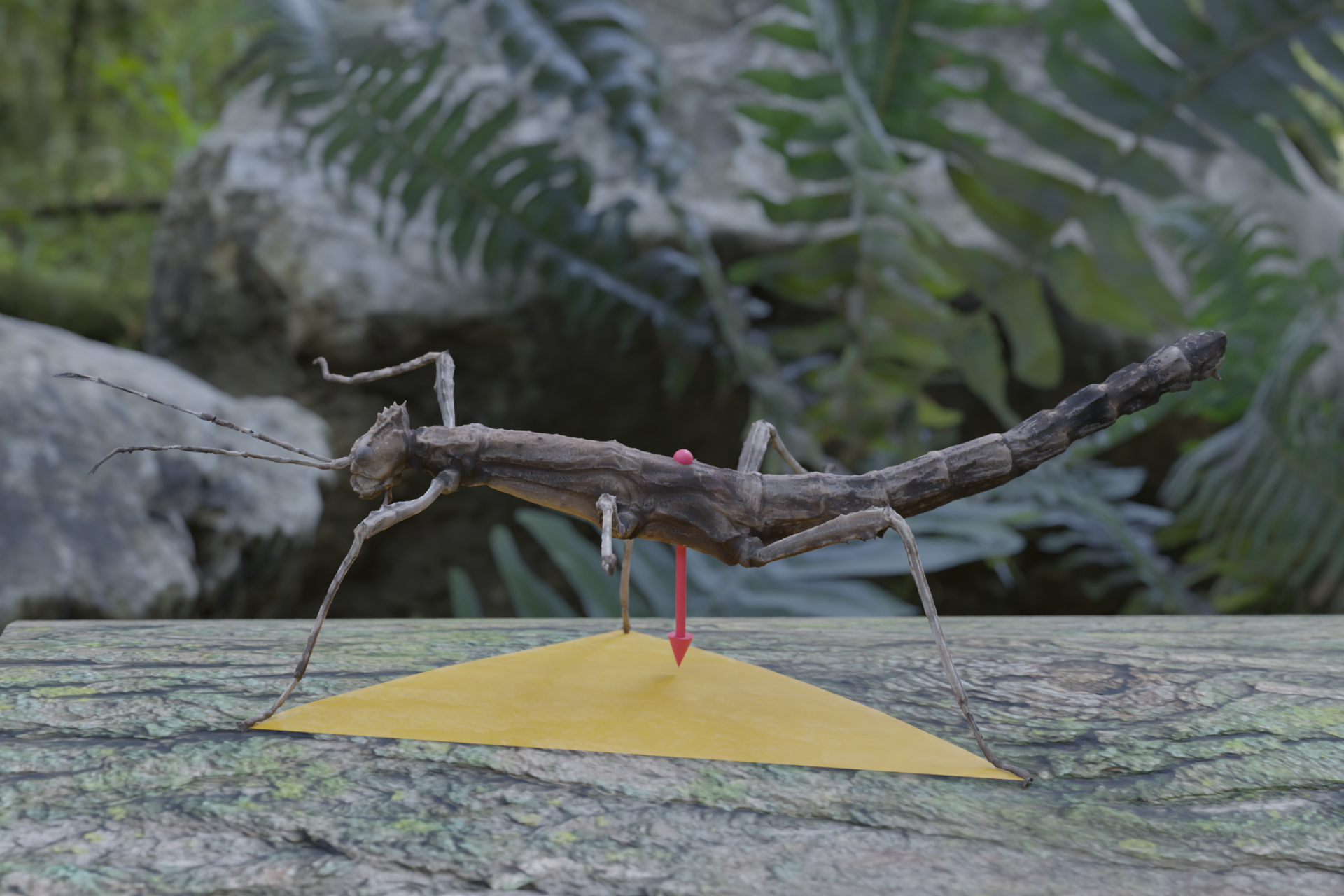
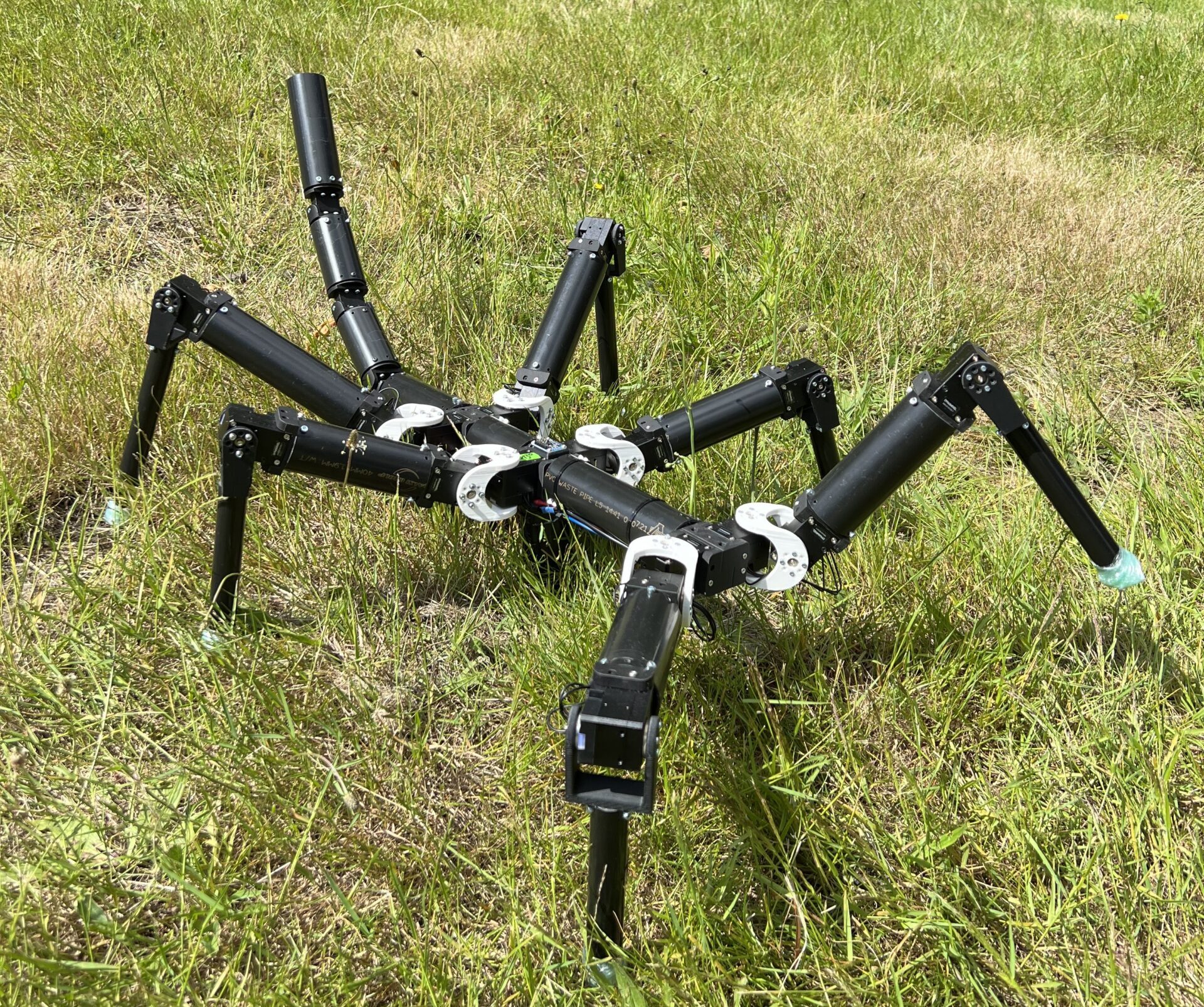
Insect locomotion is...
- ...INHERENTLY STABLE
- ...FAIL-SAFE DUE LEG REDUNDANCY
- ...ROBUST EVEN IN CHALLENGING ENVIRONMENTS
- ...A SOURCE OF INSPIRATION FOR ROBOTICS
To study insect locomotion, we develop a variety of custom-built setups, including a custom-built planar omnidirectional treadmill. We use 3D kinematic analysis, mechanical modelling, fitness landscapes, and comparative phylogenetic methods to understand the evolutionary processes that have shaped walking techniques across the insects.
Insect recording stations
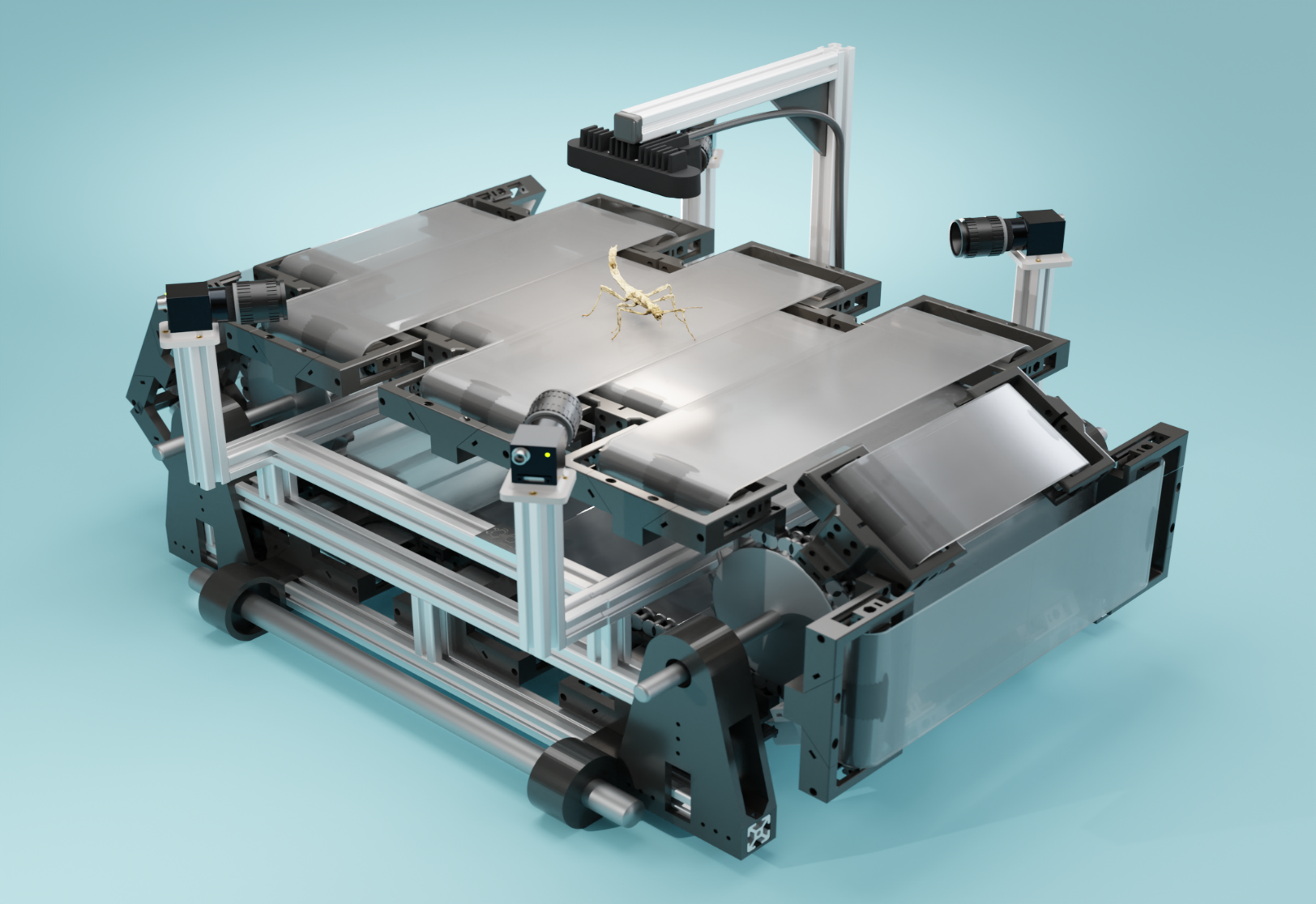
3D Kinematics
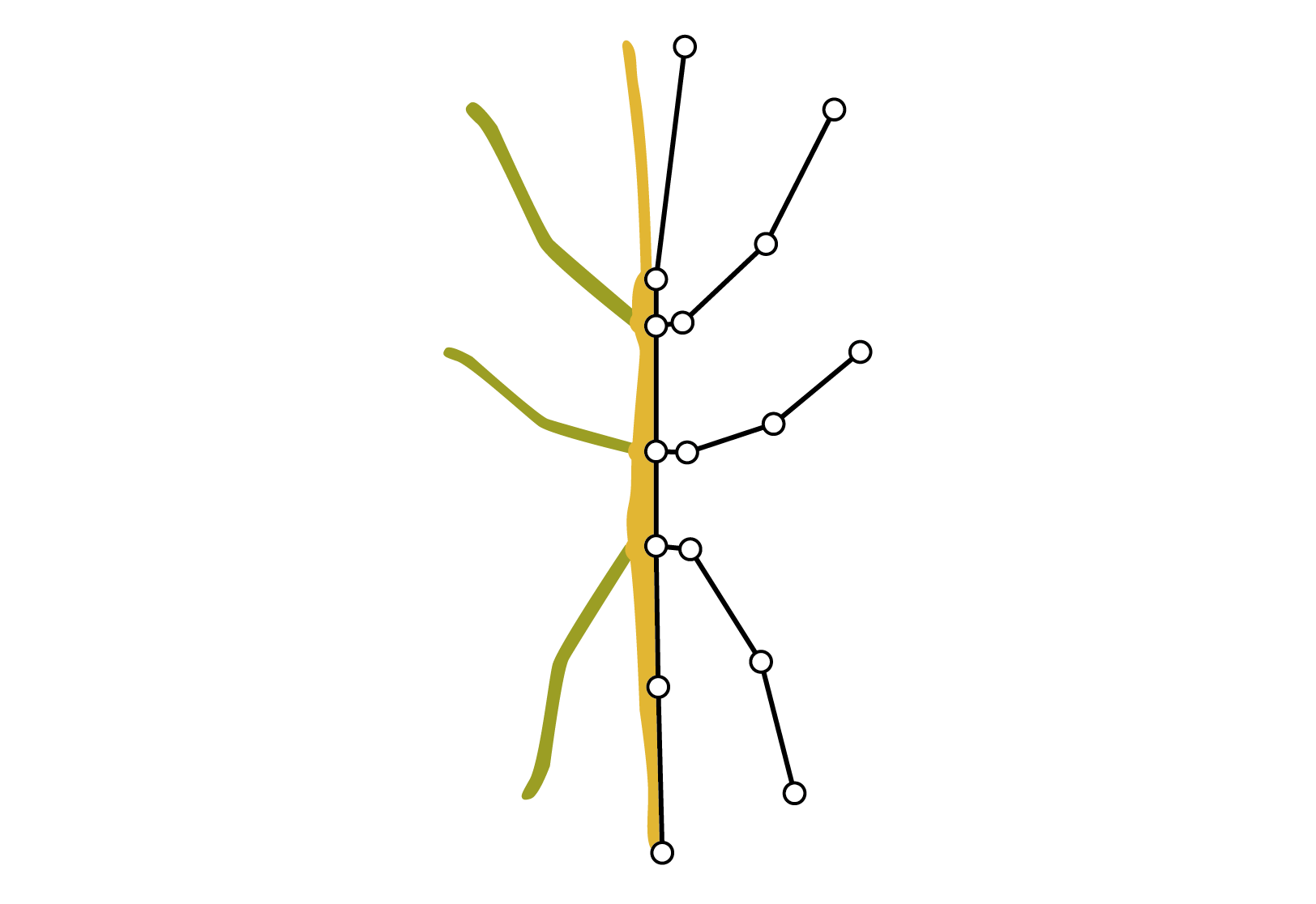
Robotics-informed biology
